Tongiljeon Ginkgo Road (통일전 은행나무길)
7.6Km 2025-02-04
6 Chilburam-gil, Gyeongju-si, Gyeongsangbuk-do
Tongiljeon Ginkgo Road is a tree-lined road approximately 2 kilometers long in front of the Tongiljeon Hall, a building erected to commemorate the unification of the Three Kingdoms under Silla. The street is one of the best autumn destinations in Gyeongju, with ginkgo trees lined up on both sides of the road. During fall, the trees create a beautiful scene with their brilliant yellow leaves. The road is perfect for a leisurely drive or a walk, and from Tongiljeon Hall, visitors can enjoy a panoramic view of the entire ginkgo tree-lined path.
Huewon (경주휴원)
7.7Km 2024-12-19
154 , Chunghyoseoak-gil, Gyeongju-si, Gyeongsangbuk-do
+82-10-5651-1253
Hyuwon is a hanok guesthouse in Seoak-dong, Gyeongju, Gyeongsangbuk-do, that offers guests a healthy and peaceful sojourn in a traditional red clay hanok. Rooms are bright, with clean and comfortable bedding. In the yard visitors will find a garden, an old well and water pump, and magnolia trees standing out against the low mountains. An early morning walk through the mist to the nearby Dobong Seodang village school is highly recommended.
Silla Arts and Science Museum (신라역사과학관)
7.7Km 2025-06-12
33 Hadonggongyechon-gil, Gyeongju-si, Gyeongsangbuk-do
+82-54-745-4998
Silla Arts and Science Museum, opened in 1988, displays miniature models of scientific cultural assets in order to explore and educate how these assets are formed and preserved.
Gyeongju Poseokjeong Pavilion Site (경주 포석정지)
7.8Km 2020-10-06
816, Namsansunhwan-ro, Gyeongju-si, Gyeongsangbuk-do
+82-54-745-8484
Poseokjeong Pavilion served as a separate palace where kings enjoyed banquets with nobles. The building no longer exists, but the abalone-shaped stone water canal still remains, speculated to have been built during the Unified Silla period although the exact year is unknown. The water canal has an estimated length of 10 meters, with a x_width of approximately 35 centimeters and an average depth of 26 centimeters. Based on Chinese writings from 353, it is said that drinking glasses were floated on the canal. One popular party game had guests creating poems before the glass had passed nine sections of the canel. Guests who could not do this had to drink three glasses. Modern research has shown that the site was not merely a place for fun, but also served as a meeting venue for the royal family, as well as for holding memorial services.
Seochulji Pond in Gyeongju (Lotus Flower) (경주 서출지)
7.8Km 2020-04-04
17, Namsan 1-gil, Gyeongju-si, Gyeongsangbuk-do
+82-54-779-6079
Located at the foot of Namsan Mountain in Gyeongju, Seochulji Pond dates back to the Three Kingdoms Period. There are two, three-storied stone pagodas in the heart of Namsan Village and a small, elegant pond to the east. The pond is famous thanks to a Korean legend, written below:
In the 10th year of King Soji (488) of Silla, a crow and a mouse approached the king as he was on his way to Namsan Mountain. The mouse told the King to “follow after the crow” for an easy journey. So, the King and his servant (who was traveling with him) followed the crow, but became distracted and lost their way. As they were wandering about a pond (now known as Seochulji), an old man appeared from the waters’ depths and presented an envelope to the King. Based on the message in the envelope, the King instructed his servant to fire an arrow at the Geomungo (Korean musical instrument) case nearby. The shot killed the queen and a monk who had been hiding there, both of whom had been hatching a plot against the King.
The name of the pond, “Seochulji” (literally meaning “writing from the pond”) originates from this legend. It is said that a man named Imjeok built a building by the pond in the 5th year of King Hyeonjong (1664) to enjoy the scenery. The simple, yet elegant building still remains at the northwest of the pond.
Coffee Myungga Bosque (커피명가보스케)
7.9Km 2024-02-23
477-57 Yongdam-ro, Hyeongok-myeon, Gyeongju-si, Gyeongsangbuk-do
Located near Seogyeongju Station, Coffee Myungga Bosque is notable for its unique and beautiful exterior, which received the Gyeongsangbuk-do Architectural Culture Award in 2020. The café's signature coffee, Myunggaccino, is renowned for its rich flavor, achieved by roasting and brewing the beans in-house. Additionally, the café offers a variety of breads, including maneulppang (garlic bread) and croissants, catering to diverse tastes.
Gyongju Folk Craft Village (경주민속공예촌)
7.9Km 2025-06-12
230 Bobul-ro, Gyeongju-si, Gyeongsangbuk-do
Gyeongju Folk Craft Village, nestled at the foot of Tohamsan Mountain in Gyeongju, is a traditional folk craft village consisting of around fourty Korean traditional houses including thatched-roof and tiled-roof houses. Skilled artisans proficient in traditional arts and crafts gather here to produce and sell ceramics, woodcrafts, jewelry, hanbok, stone crafts, and more. Visitors can also participate in hands-on crafting experiences. The village's Silla Art and Science Museum showcases artifacts from the Silla dynasty, while nearby attractions include the Bomun Tourist Complex, Bulguksa Temple, and Seokguram Grotto.
Gyeongju Tomb of King Muyeol, Stele of King Taejong Muyeol (경주 무열왕릉, 태종무열왕릉비)
8.0Km 2025-06-13
10-4 Neungnam-gil, Gyeongju-si, Gyeongsangbuk-do
The Tomb of King Muyeol is the tomb of Kim Chun-chu, who acsended to the throne as King Muyeol (r. 654-661), the 29th ruler of the Silla Kingdom. The tomb is located at the southwestern foot of Seondosan Mountain in Gyeongju. As king, he sought to unify the three kingdoms by allying forces with China's Tang dynasty, but passed away before he could successfully accomplish his goal. His tomb is relatively large, reaching a x_height of 8.7 meters, and having a circumference of 114 meters. Originally made with large stones, the tomb has been covered in dirt and grass with the passing of time. To the east of the grave are the remains of his stele with an inscription that reads “Taejong Muyeol Daewangjibi (Tombstone of the Great King Muyeol)," indicating the owner of this grave.
Daldongnae of Olden Times (추억의 달동네)
8.0Km 2025-05-23
216-8 Bobul-ro, Gyeongju-si, Gyeongsangbuk-do
The Daldongnae of Olden Times is a modern history theme park that recreates everyday life in Korea during the 1970s-80s, through a variety of vintage products. Visitors can get a glimpse into Korean retro culture as they explore old radios, vintage-style electronic shops and alley shops, and classrooms from that era. The museum also offers retro school uniform rentals and a dalgona experience, allowing visitors to step back into the past.
Sosomilmil Seoak Branch (소소밀밀 서악점)
8.2Km 2024-11-01
15 Neungnam-gil, Gyeongju-si, Gyeongsangbuk-do
◎ Travel information to meet Hallyu’s charm - "The Good Bad Mother"
The neighborhood gathering spot in the drama where Jo-woori Village residents frequently met to share big and small news, enjoy meals together, and partake in hobbies. In reality, Sosomilmil is a warm-atmosphere cafe and bookstore located within a rural village. Housed in a wooden building with a high ceiling, it's an ideal place for peaceful reading.

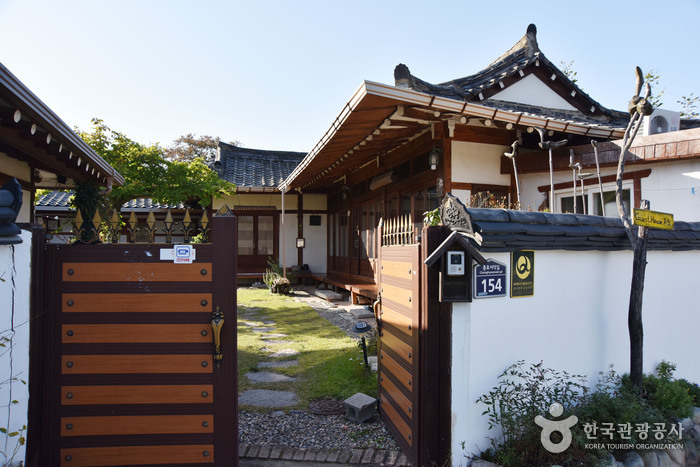
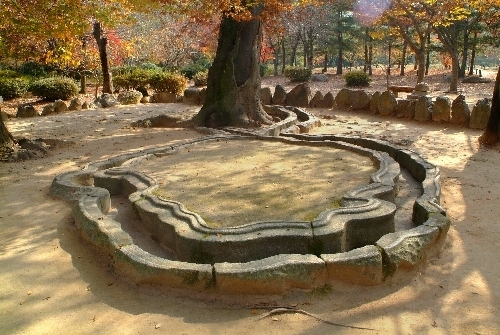
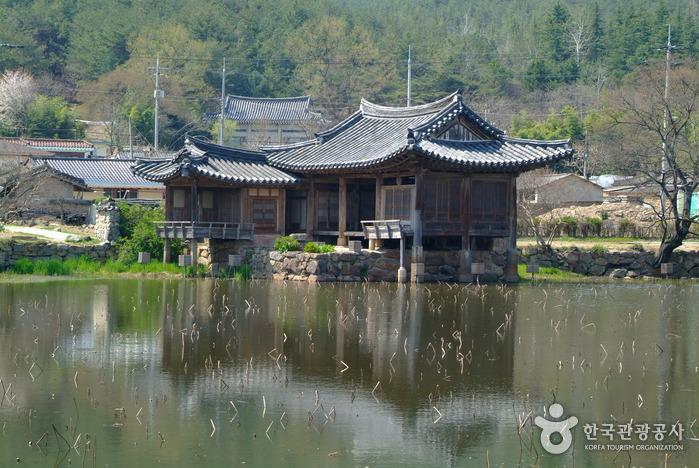
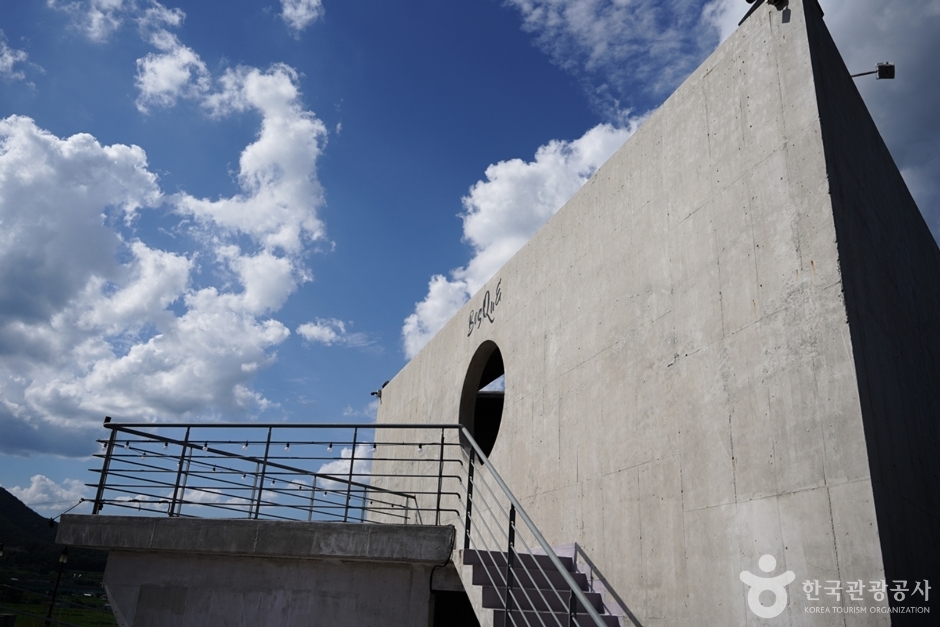
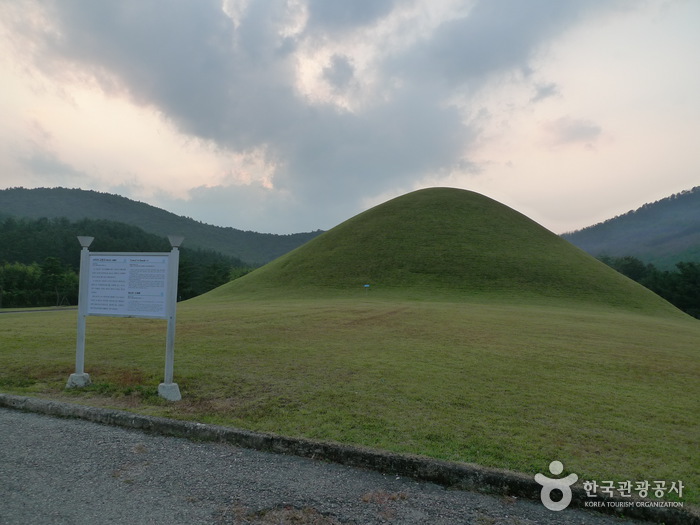
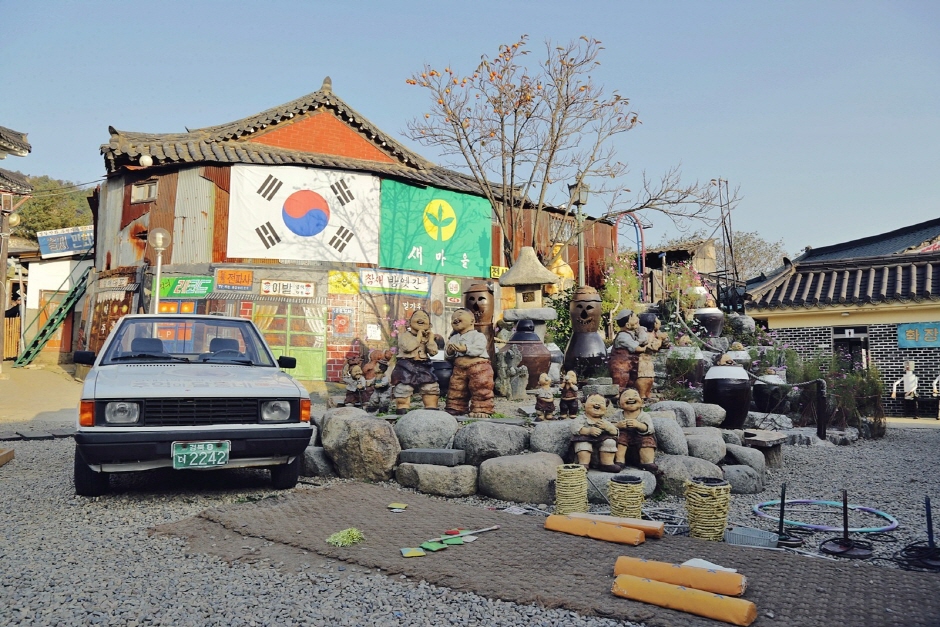

 English
English
 한국어
한국어 日本語
日本語 中文(简体)
中文(简体) Deutsch
Deutsch Français
Français Español
Español Русский
Русский